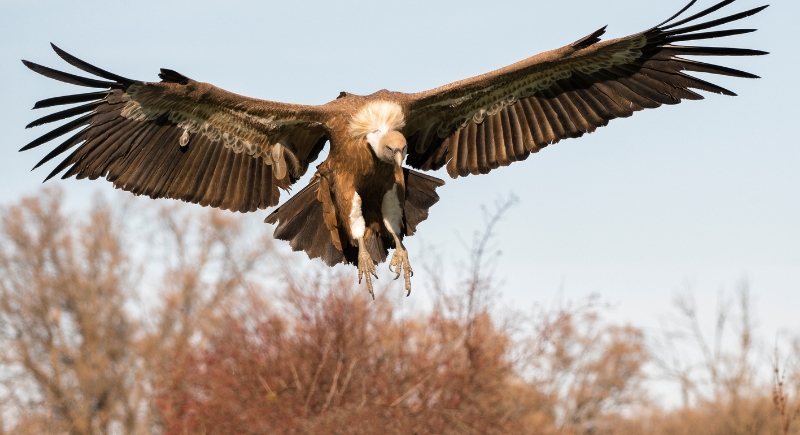Kentucky Meat Shower: When Meat Rained from the Sky on a Small Town
In March of 1876, the community of Olympia Springs in Bath County, Kentucky, witnessed an event that defied easy explanation. Raw meat began falling from a cloudless sky and landed on the farm of a woman named Mrs. Crouch. There was no storm, no commotion in the air, just strips of flesh scattered across her property.
The story has lingered for generations, attracting the curiosity of scientists, historians, and storytellers who have tried to account for it. Today, what began as a baffling incident has become part of the town’s identity, remembered through preserved fragments kept in jars and even marked by a local festival.
Meat Dropped Under a Clear, Windless Sky
Mrs. Crouch had been outside making soap when something strange interrupted the routine. Her grandson stood nearby when chunks of raw meat landed without a sound from a sky that remained completely clear. The shower lasted about seven minutes, long enough for neighbors to step outside and take in the scene.
Strips and pieces were scattered across the yard, and even fences weren’t spared. Harrison Gill, another local, later recalled seeing the ground and surrounding structures littered with meat. Some flakes were small, while others were nearly the size of a football. Reports said the total amount could have filled a wagon.
At the time, there were no aircraft in existence and no known machinery that could have launched such material through the air. Nobody even saw animals, storms, or any natural forces at play. The meat simply fell, then stopped, without any warning or explanation.
Taste and Texture Reports Confused Experts
After the downpour, a few residents did something unexpected and started tasting the meat. Some said it reminded them of venison or lamb, while others compared it to beef or mutton. The texture varied, and no one could agree on what animal it had come from.
Hoping for answers, they sent specimens to scientists for further examination. One early analysis claimed the organic matter included lung and cartilage, possibly from a horse or even a human infant, though nothing confirmed that theory.
Some fragments showed muscle fibers, and several even contained fat and gristle. Researchers at the time offered conflicting reports, and those uncertainties have carried into the present. When modern scientists ran DNA tests on a preserved piece, the results were inconclusive. The tissue had degraded too much to provide a clear answer. That piece of meat, labeled “Olympia Springs,” now sits in a jar at Transylvania University.
Vultures Remain the Most Cited Explanation

Image via Getty Images/Justino Bordallo
The leading theory for the meat shower involves turkey vultures. These scavenger birds are known to regurgitate their meals when startled. If a large group had eaten heavily and then taken flight, a simultaneous reaction could have caused them to drop partially digested food across a wide area.
Dr. L.D. Kastenbine, a physician who reviewed samples, supported this theory. It aligned with the types of meat identified, which included wild game and domestic animal tissue. However, no one reported seeing birds overhead back then. The meat also rained down during ideal weather, which made the theory harder to confirm.
To this day, the vulture explanation remains circumstantial, and no other explanation conveys the volume and distribution as efficiently. Other proposals, including rare weather events like waterspouts or bacterial growth such as nostoc, have been subsequently ruled out or discredited.